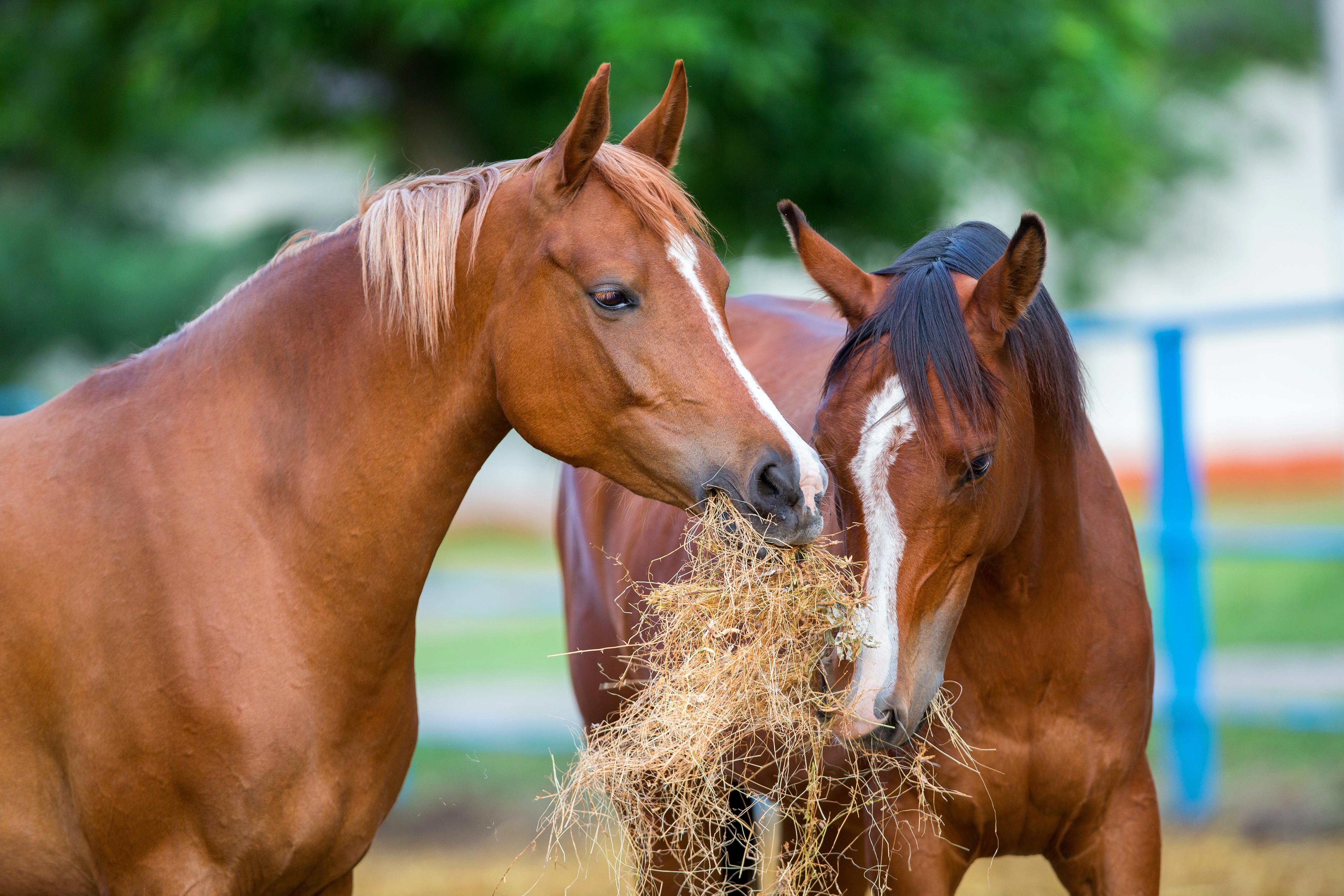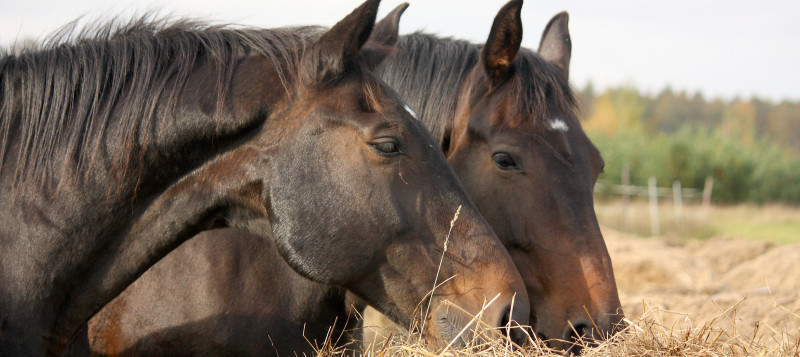

Frequently Asked Questions


Feed value analysis for horses
Equi Feed is our specialised feed value analysis developed for horses. It provides precise insight into the nutrient composition of roughage, helping you create a balanced, healthy diet.
What is Equi Feed?
Equi Feed analyses the nutritional quality of hay and haylage, showing the energy, fibre, minerals and trace elements your horse receives. It helps fine-tune feeding for health and performance.
Why analyse forage?
Forage differs per batch. Equi Feed shows what your horse truly eats, helping you adjust concentrate or supplements for optimal health and cost efficiency.
How is Equi Feed analysed?
Eurofins applies NIRS, or Near Infrared Spectroscopy, for quick and accurate testing. This non-destructive method has been used for forage analysis at Eurofins since 1986 and ensures reliable results.
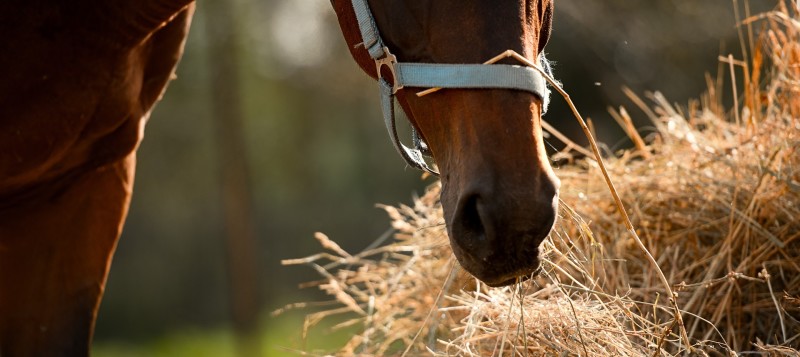
Why should I use Equi Feed?

Optimise your horse’s nutrition
Equi Feed allows you to give your horse the best possible diet. Optimising horsefeed is quite a challenge. Forage varies from batch to batch, meaning you never know exactly what your horse is eating.
Understanding the horse’s digestive system
Horses have a unique digestive system with a small stomach made for frequent, small meals. Most feed is digested later in the cecum and large intestine by gut bacteria, the hindgut fermenters.
Fibre: the key to a healthy gut
To keep gut bacteria active, horses need plenty of fibre from grass, hay and haylage. Roughage should make up at least 1.5% of their body weight in dry matter each day for a healthy digestion.
Energy, minerals and balance
Besides fibre, horses need enough energy, minerals and trace elements to stay strong, healthy and perform well, whether for work, sport or leisure.
The value of forage analysis
Forage analysis gives insight into the quality and nutrient composition of feed. With this knowledge, you can adjust concentrates and supplements precisely, improving health and saving costs.
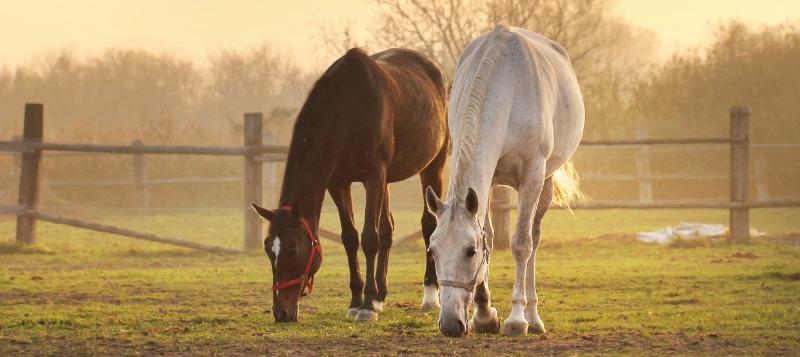
How can I use Equi Feed?

How can I use Equi Feed?
By analysing your forage, you can see its nutrient value and balance your horse’s diet accordingly. Add concentrates or supplements only if the results show it is needed.
Why analyse forage?
High quality forage meets most of your horse’s needs. Analysis helps you understand what your horse is really eating and supports better health and performance.
When a new batch arrives
Test your hay or haylage whenever you purchase a new batch or harvest your own crop to ensure consistent feed quality.
For horse owners and trainers
Use Equi Feed if you want to feed a balanced diet, improve condition or support performance during training and competition.
For horses with health issues
Analysis is helpful for horses with insulin resistance, laminitis or other metabolic conditions that require careful nutritional control.
Broodmares and young horses
Check your forage if you are feeding broodmares or growing horses. It helps provide the right balance of energy and protein for healthy development.
Horses with higher energy needs
Equi Feed supports horses that require more energy or digestible protein, such as those in intensive work or recovering from illness.
For stables and equestrian centres
In larger yards or boarding stables with horses that have different needs, forage analysis helps create balanced diets for each animal.

How do I collect a representable sample?

How do I collect a representative sample?
Follow these steps to take a reliable sample of your hay or haylage. This ensures your Equi Feed analysis gives accurate and useful results.
Step 1: Prepare what you need
Gather the order form, a bucket, a plastic bag and a cardboard box. Fill in the form with your details and information about the sample.
Step 2: Take forage from different spots
Pull tufts of hay from several bales and mix them in the bucket. Include both leaf and stem for a true average of the batch.
Step 3: Sampling wrapped bales
Make a small opening in the plastic wrap to take your sample. Reseal the bale with tape immediately to keep the forage in good condition.
Step 4: Fill the sample bag
Put about 250 g of forage into the plastic bag. For very wet haylage, take up to 400 g. Press out as much air as possible and tie the bag tightly.
Step 5: Pack and send
Place the sample bag and order form in the box. Write the address clearly and send it to Eurofins Agro as soon as possible.
Step 6: Receive your results
Once your sample arrives at the laboratory, the analysis will be completed within ten working days. Results will be sent directly to your email.
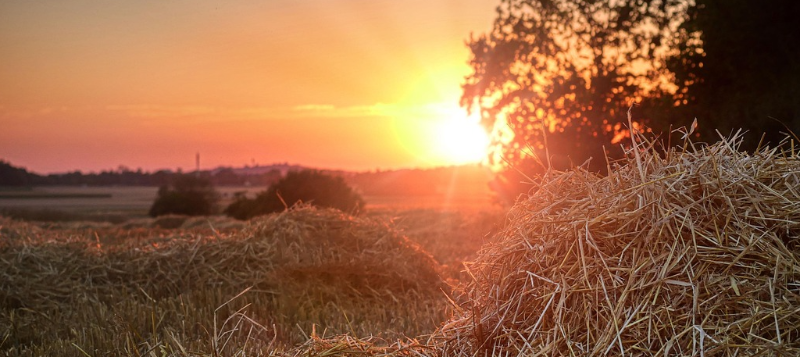
Does it matter when I take the sample?

When to take a haylage sample?
Take the forage sample 4–6 weeks after harvesting haylage. This ensures the fermentation process is complete for accurate results.
When to take a hay sample?
Hay samples can be collected shortly after baling. Make sure the hay is fully dry before sampling to avoid mould formation.
Avoid recent fertilisation
Do not sample within six weeks after fertilising the field. Fertilisation residues can affect the accuracy of the analysis results.
Send samples early in the week
Send your sample as soon as possible, preferably at the beginning of the week, to ensure it arrives fresh for reliable testing.
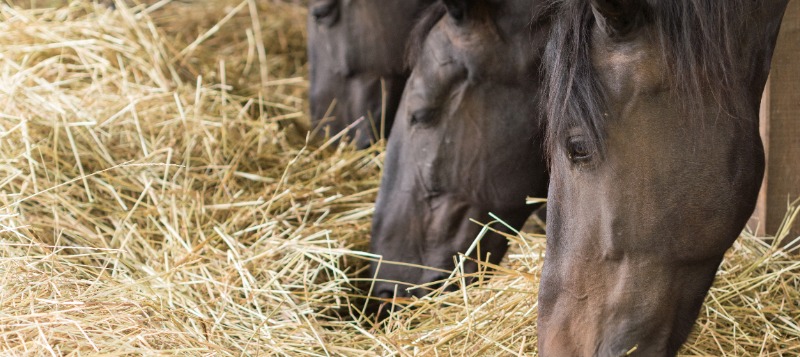
How do I choose the right type of forage?

The difference between hay and haylage
At Eurofins, the key difference lies in the wrapping and dry matter (DM) content. Wrapped forage with less than 70% DM is classified as haylage.
What defines haylage?
When forage is wrapped and has a dry matter content below 70%, it is considered haylage. The wrapping preserves the feed quality through fermentation.
What defines hay?
If the forage is not wrapped or has a dry matter content above 70%, it is called hay. Hay is fully dried before being stored or baled.
How to test dry matter content?
Take a tuft of forage in your hand and squeeze it tightly. If your hand feels moist, the forage has less than 70% DM, meaning it’s haylage.
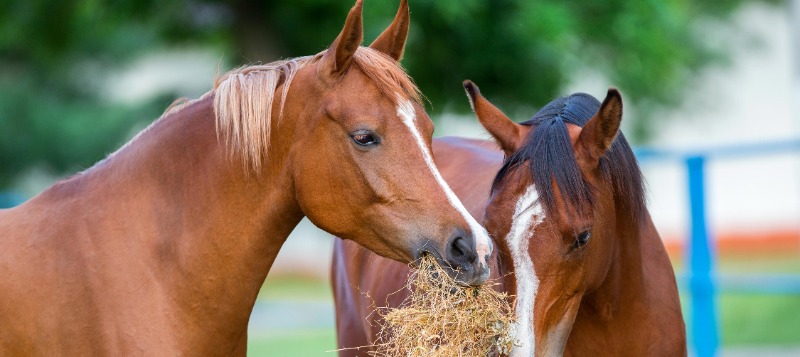
Why do I have to make a choice between hay or haylage if I want to analyse my forage?

Equi Feed packages
Equi Feed offers three packages to analyse your fresh grass, hay or haylage.: Professional, Premium and Basis.
Choosing the right forage type
Choosing the right type of forage is very important since the database to analyse the results, the target values and therefore the results themselves are different for fresh grass, hay and haylage.
Fermentation in haylage
In haylage, the forage is sealed off from air. Combined with moisture, bacteria have the opportunity to start processing the forage, forming ammonia and acids from crude protein, causing pH changes.
Fermentation process and stability
After 4 to 6 weeks, the process of fermentation is finished and the bales will become stable.
What makes hay different?
Hay has a dry matter content above 70%. Because of this higher DM compared to haylage, bacteria cannot process the forage and fermentation will not occur. Hay becomes stable shortly after baling.

Why should I choose an accredited laboratory to analyse my forage?

Why choose an accredited laboratory?
An accredited laboratory is monitored by a national authority. This ensures that analyses meet strict quality standards and deliver reliable results.
Why choose Eurofins?
As an accredited laboratory, Eurofins provides independent and accurate results, backed by years of experience and extensive forage analysis data.
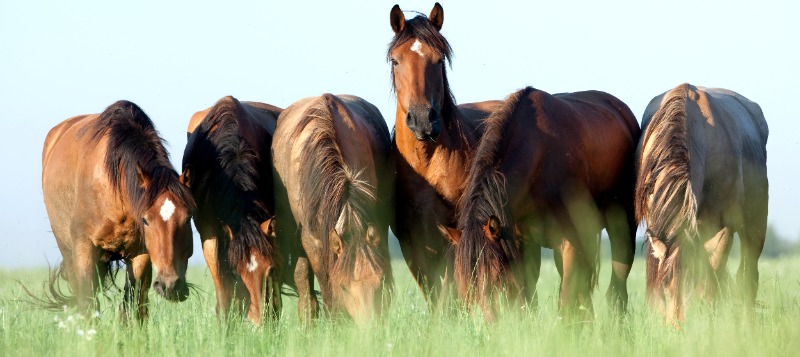
When will I receive my Equi Feed results and how can I interpret them?

Receiving your report
Within 10 working days after Eurofins has received the sample, you will receive a clear analysis report via email, detailing the composition of the roughage.
Understanding your results
After receiving the results, a document explaining the meaning and the functions of all parameters on the report will be available for you.
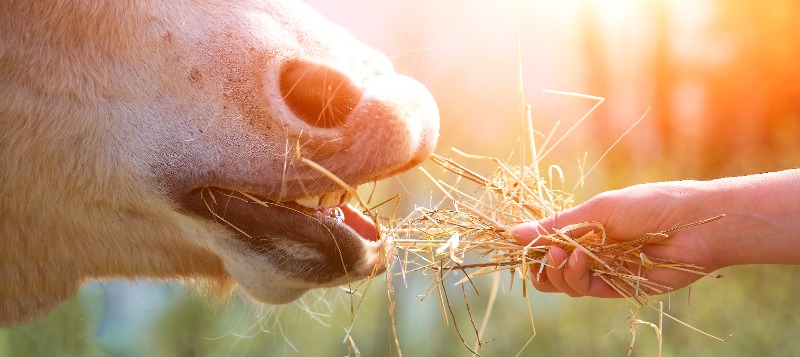
What is the analysis method of Equi Feed?

Equi Feed is analysed using the Near Infrared Spectroscopy (NIRS) method, a proven technique for solid materials developed in the 1960s.
Experience and reliability
Eurofins has used NIRS for forage since 1986. The method is fast, quantitative, non-destructive and cost-effective, providing consistent, reliable results.
How NIRS works
NIRS allows fast, quantitative, non-destructive and cost-effective estimation of multiple forage characteristics from the same spectral data, once large databases have been established.
Validation through wet chemistry
This NIRS method is based on official wet chemistry analyses and is continuously validated against official wet chemistry analyses, ensuring accuracy and scientific reliability.
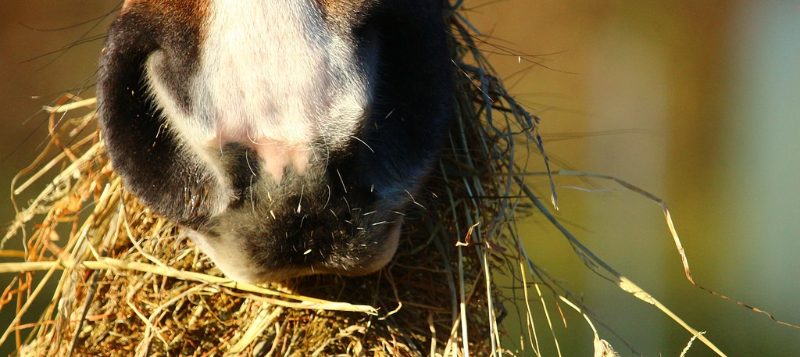
What are the Equi Feed target values based on?

The target values
The target values for the Equi Feed results are based on the Nutrient Requirements of Horses (NRC 2007).
CVB
The CVB feed evaluation system (CVB 2016, CVB 2023).
Average analysis results
And the average analysis results analysed by Eurofins over the last five years.
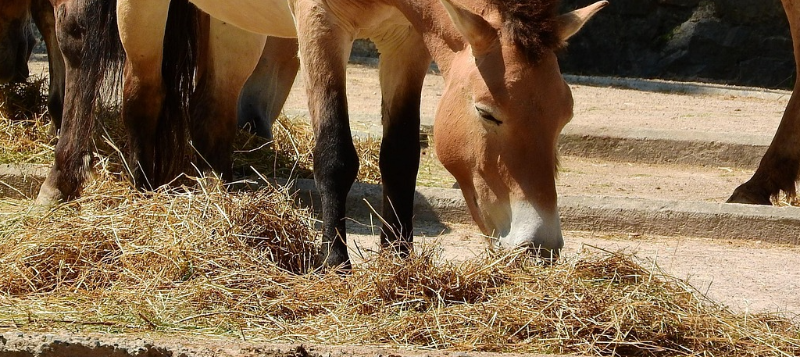
Why is my crude ash very high?

Crude ash
Crude ash is the inorganic part of the organic matter of the forage. The crude ash fraction in forage contains the total value for minerals and contaminants such as soil or sand within the forage.
Drying the forage sample
When drying the forage sample at high temperature for analysis, the minerals that have not been fully absorbed in organic matter and the sand remain. remains.
Mineral content
By adding up the mineral content of the forage and extract this from the crude ash part of the forage, the sand within the forage
Mowing machines
When the machines used for mowing and harvesting the grass are not adjusted correctly, this can affect a higher amount of soil or sand within the forage causing a higher crude ash within the forage.
Fertilising
Also fertilising the pasture just before mowing the grass can affect the crude ash part of the forage since the minerals in the fertiliser did not have the time to be absorbed in organic matter.

How do I know if the forage is a good fit for my horse?

Report
On the first page of the report, you will find a general advice if the forage will be a good fit for your horse.
Guidelines
These are guidelines for a 600 kg horse based on different metabolic needs in different circumstances according to the NRC (2007) and CVB (2016).
contact your veterinarian
Please be aware that you need to contact your veterinarian if your horse is showing signs of disease.
Calculation program
We recommend using a calculation program or contact a feed adviser to make a feed plan for your horse covering all the needs it has for the level of use.
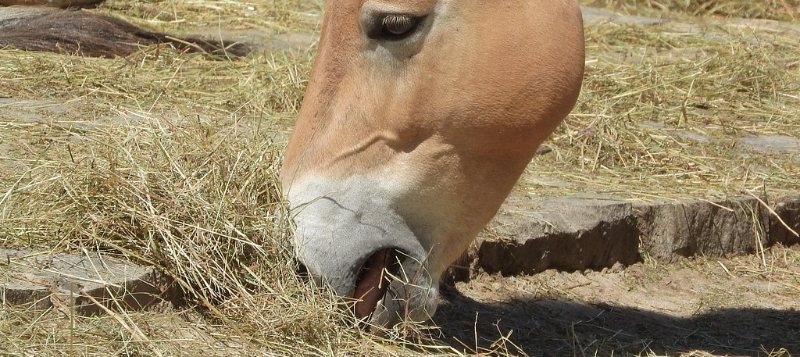
How do I choose the right Equi Feed package?

Horse’s health
The horse’s health, from a nutritional point of view, is based on four aspects: the nutritional value, fibrous-, mineral- and trace element content of the forage.
Puzzle
These four aspects are related to each other and should be balanced. Therefore, nutritional value, fibrous-, mineral- and trace element content of the forage can be seen as pieces of a puzzle.
Parameter
Each parameter analysed within Equi Feed will contribute to a piece of the puzzle.
Missing a peace
When missing one piece of the puzzle, you will miss out on an opportunity to balance your horse’s diet to maintain or even improve your horse’s health.
Equi Feed Professional
Equi Feed Professional analyzes forage nutrients, fiber, minerals, and trace elements—ideal for horses with health issues or high needs like sport, growing, or lactating horses.
Equi Feed Premium
Equi Feed Premium shows forage’s nutritional, fibrous, and mineral content—ideal when trace elements aren’t essential but a solid base for your horse’s diet is needed.
Equi Feed Basis
Basis overview on the nutritional value and fibrous content of your forage. This package could be recommended if limited information on the forage content is enough.
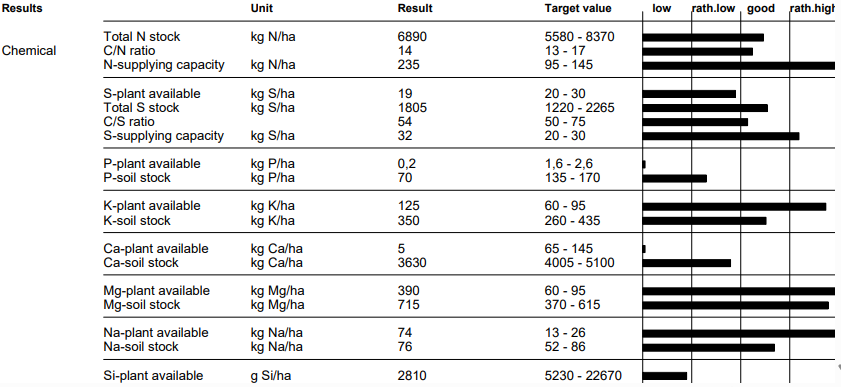
When and where can I find the results?

Results
Within 10 working days after Eurofins has received the sample, you will receive a clear analysis report via email, detailing the composition of the roughage.

Other FAQ

Equi Feed
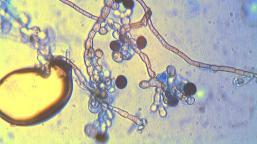
Soil Life Monitor
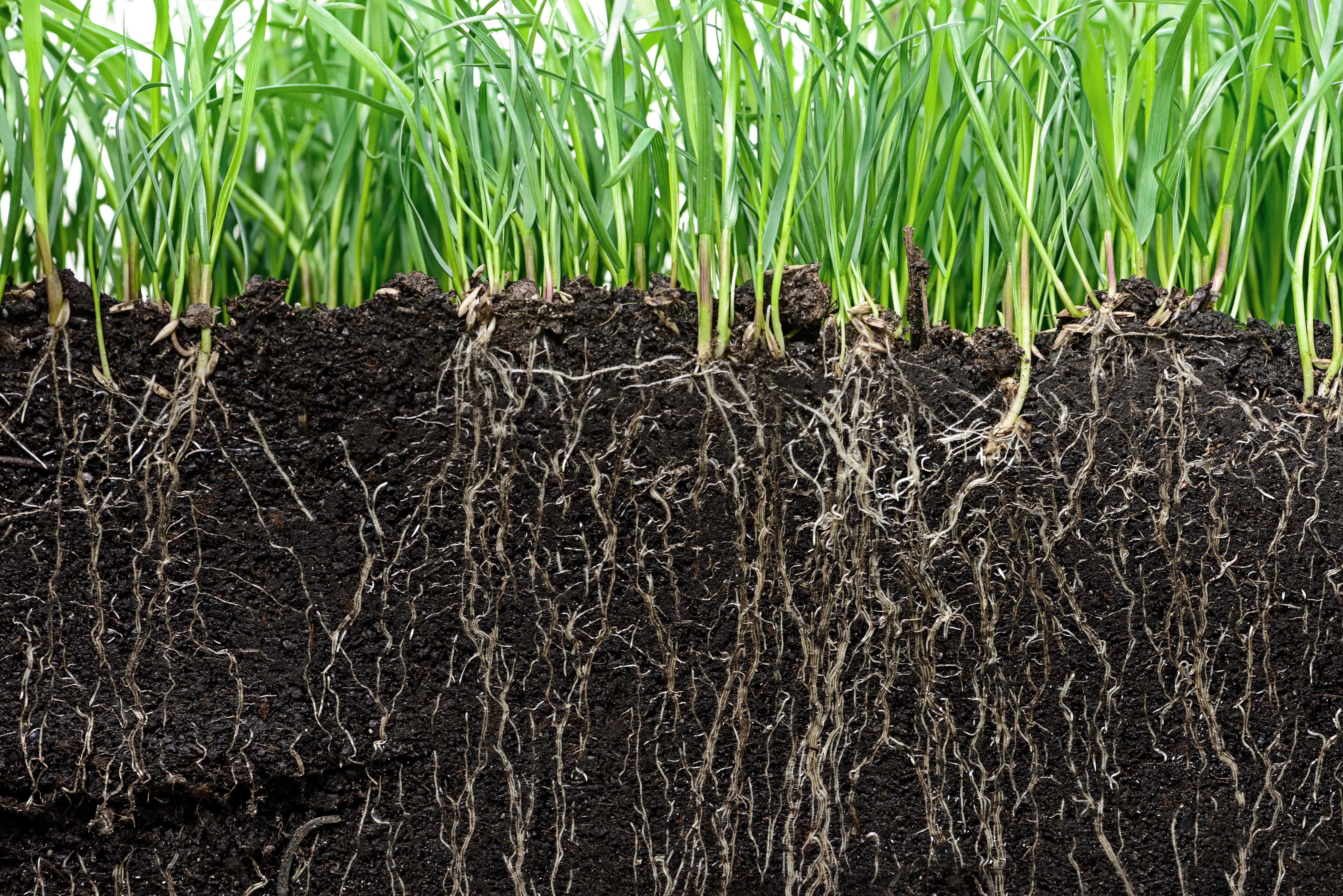
Soil Carbon Check

Pricing & invoices

Documents
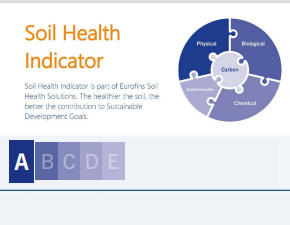
Analysis & reports

Taking a sample
